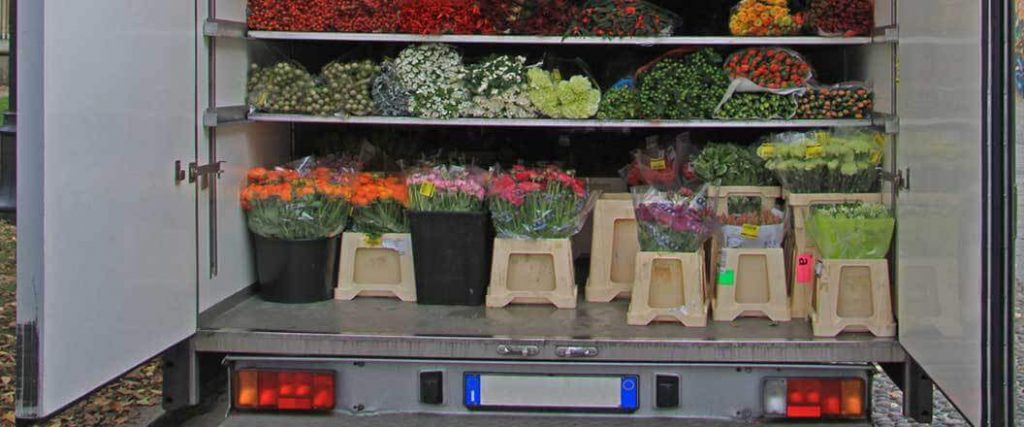
As the flower industry grapples with ongoing supply chain challenges, growers must adopt innovative replenishment strategies to ensure consistent availability of their products. The recent disruptions stemming from factors such as labor shortages, transportation delays, and fluctuating demand have highlighted the need for a more resilient approach to supply management. Here are several strategies that flower growers can implement to enhance replenishment and combat shortages effectively.
Optimize Inventory Management
Effective inventory management is crucial in the flower sector, where product freshness is paramount. Growers should adopt just-in-time inventory systems to minimize waste while ensuring that they have enough stock to meet customer demands. Implementing inventory tracking software can help monitor stock levels in real time, allowing growers to make informed decisions about when to replenish their flowers.
Utilize Demand Forecasting
Accurate demand forecasting is essential for anticipating fluctuations in flower orders, especially during peak seasons like holidays and special events. By analyzing historical sales data, market trends, and customer preferences, growers can better predict demand and adjust their production schedules accordingly. Collaborating with retailers and distributors to share insights can also enhance forecasting accuracy.

Strengthen Supplier Partnerships
Building strong relationships with suppliers can significantly improve the replenishment process. Growers should work closely with their suppliers to understand their capabilities and constraints, ensuring a reliable flow of materials and resources.
Establishing agreements with multiple suppliers can create a buffer against shortages and delays, providing growers with flexibility in sourcing flowers and supplies.
Embrace Flexible Sourcing
Flexibility is key in a volatile market. Flower growers can benefit from diversifying their sourcing strategies by considering local suppliers or alternative shipping routes. This not only reduces reliance on a single source but also minimizes transportation times and costs. Additionally, partnering with local growers can create a more sustainable supply chain, ensuring fresher products reach the market faster.
Invest in Digital Solutions
Leveraging technology can streamline the replenishment process. Digital tracking systems enable growers to monitor their inventory levels, sales trends, and supply chain performance in real time.

Investing in e-commerce platforms can also enhance direct-to-consumer sales, reducing pressure on traditional distribution channels and allowing growers to respond more swiftly to market changes.
Foster Open Communication
Maintaining open lines of communication with all stakeholders—suppliers, distributors, and customers—is essential for navigating supply chain challenges. Regular updates regarding inventory status, potential delays, and market conditions can help manage expectations and build trust. This transparency enables growers to make timely adjustments and maintain strong relationships throughout the supply chain.
While the flower industry continues to face supply chain hurdles, adopting proactive replenishment strategies is vital for growers. By optimizing inventory management, utilizing demand forecasting, strengthening supplier partnerships, embracing flexible sourcing, investing in digital solutions, and fostering open communication, flower growers can enhance their resilience. These strategies will not only help mitigate current shortages but also position growers for long-term success in an ever-evolving market.
By implementing these practices, the flower sector can bloom even amidst adversity, ensuring that beautiful blooms are always within reach for consumers.
